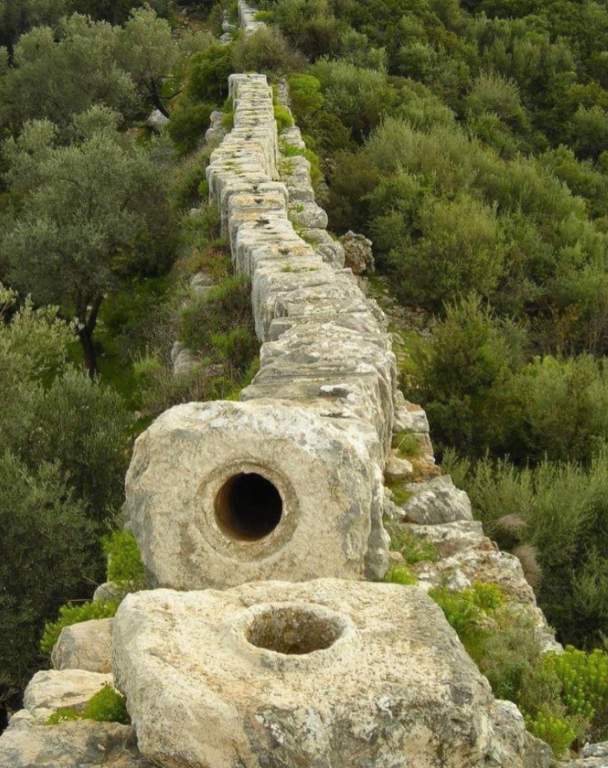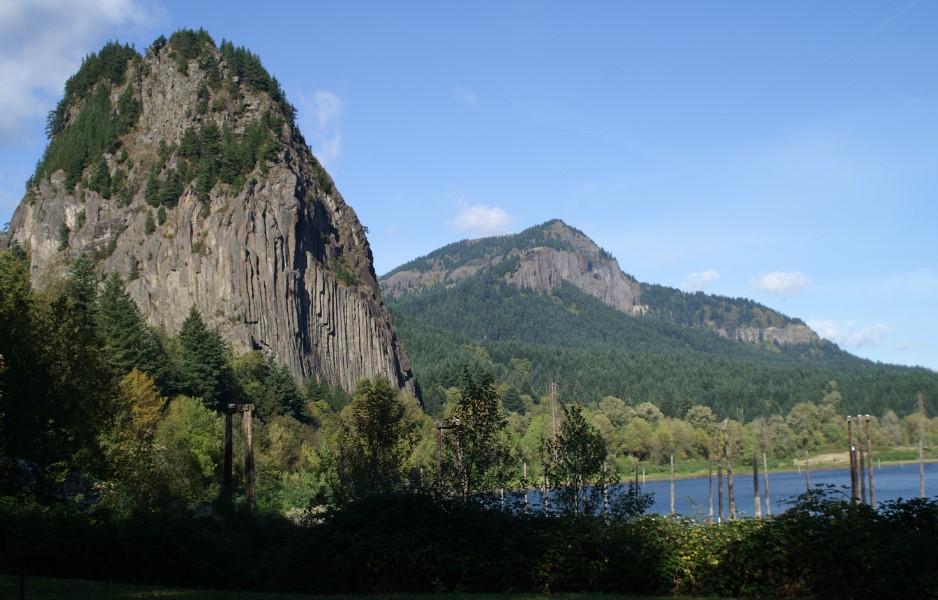The ancient Roman aqueduct in modern-day Turkey, which dates back thousands of years, is a tribute to the Roman Empire’s great architectural and aesthetically pleasing skills. These aqueducts were meant to convey fresh water to areas with significant population density, and they were a substantial improvement over prior constructions established by the Egyptian and Indian civilizations.
These ancient Roman aqueducts were erected over 500 years, from 312 BC to AD 226. Moreover, both private and public sources are funded to make these aqueducts. Famous Roman kings, including Augustus, Caligula, and Trajan, used to build these reservoirs. Freshwater sources were meticulously funneled into cities from higher elevations, assuring a continuous flow, while engineers effectively exploited the power of gravity to aid the passage of water.
The Roman territory was home to a total of 16 aqueducts, of which only the Virgo aqueduct is still operational, having continuously supplied water throughout Rome for the last two millennia. The aqueducts of modern and Renaissance origin are five in number and include the Acqua Felice, Acqua Paola, Acqua Pia Antica Marcia, Aqueduct of Peschiera-Capore, and Appio-Alessandrino. Most aqueducts were built below, in the form of tunnel aqueducts, but Segovia’s aqueduct is an anomaly, standing boldly above the surface.
These waterways were made up of pipes, tunnels, canals, and bridges that used gravitation and the sloping nature of the land to carry water from sources such as lakes and springs to urban areas. Once in the cities, the water was employed for a variety of purposes, such as drinking, watering gardens, public fountains, and soaks. The capital city of Rome had a total of 11 aqueduct systems, some of which were collected from as far as 92 km (57 miles).
Some of these prehistoric Roman aqueducts are still operational and deliver water to contemporary-day Rome. For instance, the Aqua Virgo aqueduct, which was built by Agrippa in 19 BC throughout the reign of Augustus, supplies water to the iconic Trevi Fountain in the heart of Rome. This remarkable feat of architecture demonstrates the Roman Empire’s lasting influence and its impact on the growth of modern infrastructure.
The construction of these aqueducts was an enormous endeavor that recognized high water sources to allow a correct slope for easy water transport to Rome. In areas of ripples, the water passed through compressed pipelines called inverted siphons, which helped the water go upward, reducing the need for pumps and making the aqueducts an amazing feat of ancient engineering. It was critical to build aqueducts at the precise angle; if the channel was too steep, water would flow too quickly, causing erosion; if the slope was too low, the water could stagnate and become unsuitable for drinking
The aqueducts were not only figurative feats but also masterpieces of art. They were built with a mixture of stones, bricks, and a volcanic concrete called pozzolana, which has allowed many aqueducts to survive to this day. The aqueducts additionally had inscriptions on the lead pipes with the titles of the producer, the fitter, and the subscriber. This level of detail highlights the Romans’ organizational skills.
Also Read: Stunning Rapa River Delta Sweden







